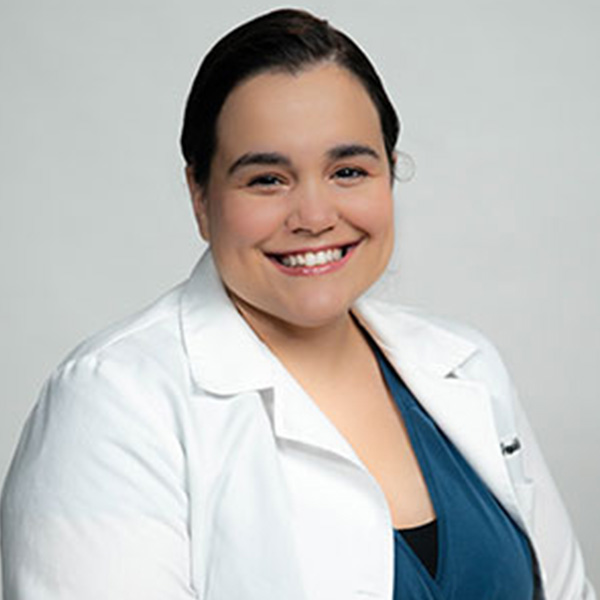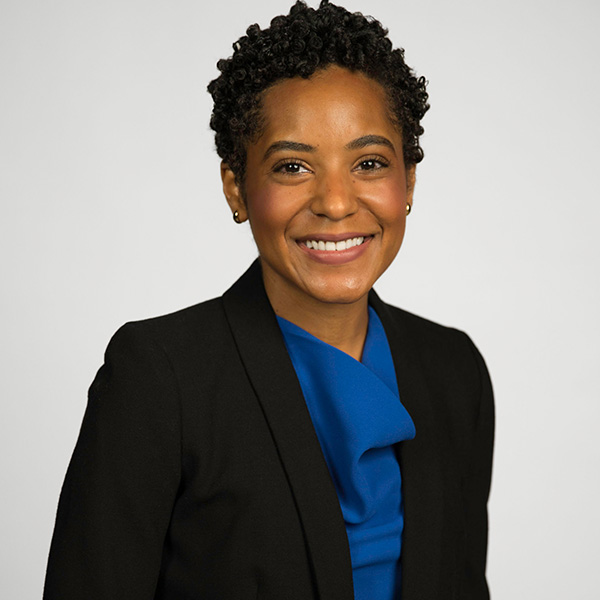When Should Kids Start Orthodontic Treatment?
Orthodontic treatment can significantly impact a child’s oral health and overall well-being. However, determining the right time to intervene is a challenge for many parents. Learn the ideal age for children to start orthodontic treatment, the benefits of early intervention, and signs your child may need an orthodontist appointment. With this information, you should understand when to seek orthodontic care.

What is an Orthodontist?
An orthodontist is a dental specialist who focuses on diagnosing, preventing, and treating dental and facial irregularities, including improper bite (malocclusion) and misaligned teeth. This highly trained professional has a dental degree followed by two to three years of specialized orthodontic education. A children’s orthodontist has specific training and experience working with pediatric patients.
What is the Ideal Age to Start Early Orthodontic Treatment?
While most orthodontic treatment begins between ages 9 and 14, some children may need to begin orthodontic treatment earlier. That’s why the American Association of Orthodontists recommends that children have their first orthodontist appointment at age 7. This is typically when the first permanent molars and incisors have erupted from the gums, allowing the orthodontist to evaluate the child’s developing teeth and jaw and determine the best course of action.
Benefits of Early Orthodontic Treatment
Starting orthodontic treatment at a young age offers numerous benefits. Some of the most significant of these include the following:
- Detect problems early: Orthodontic evaluations at a young age allow for the timely detection of potential issues, such as overcrowding, misalignment, and crossbite. Early intervention can prevent these problems from becoming more severe.
- Guide jaw growth: Orthodontic treatment during childhood can help the jaw grow and develop normally, ensuring properly aligned teeth and jaws. This reduces the need for more invasive procedures, such as jaw surgery, later in life.
- Simplify treatment: Early intervention often makes orthodontic care simpler and less time-consuming than waiting to address the issue later on. After all, kids’ braces may be more effective while they’re still growing, promoting shorter treatment times and better results.
- Improve oral health: Properly aligned teeth are easier to clean, reducing the risk of tooth decay and gum disease. Getting braces early on helps encourage a lifetime of good oral health.
- Lower the risk of trauma: Protruding front teeth, a common problem in children, are more susceptible to injury than straight teeth. Correcting their position can reduce the risk of trauma to these teeth.
- Guide permanent teeth: Early intervention can steer permanent teeth in the right direction as they emerge, helping them come in straight to prevent needing more extensive orthodontic treatment in the future.
- Correct harmful oral habits: An orthodontist appointment at age 7 or earlier can help address thumb-sucking, prolonged pacifier use, and other bad habits that can negatively impact tooth and jaw development.
- Improve appearance and self-esteem: Misaligned teeth or a poorly positioned bite can make your child feel self-conscious about their smile. These issues may also affect speech and chewing function. Early orthodontic treatment promotes good oral health, functionality, and appearance, leading to a more positive self-image.
Signs Your Child May Need an Orthodontic Exam
Watch for these signs that indicate you should take your child to an orthodontist:
- Crowded teeth: If your child’s teeth appear crowded, misplaced, or blocked out, don’t dismiss it as merely a cosmetic issue.
- Difficulty chewing or biting: Children with a misaligned bite may complain that chewing is uncomfortable, signaling that intervention may be required.
- Mouth breathing or snoring: These issues may indicate underlying orthodontic problems, such as a narrow palate or misaligned jaw.
- Prolonged thumb-sucking or pacifier use: These habits should end in toddlerhood. If your child still sucks their thumb or uses a pacifier after age 4 or 5, their teeth may become misaligned and the palate may narrow, necessitating orthodontic treatment.
- Early or late loss of baby teeth: Become familiar with when your child should lose their baby teeth. If they’re way off the typical timeframe, this could cause problems with their permanent teeth.
- Protruding or recessed jaw: A visible under or overbite may indicate a misaligned jaw requiring orthodontic intervention.
- Speech difficulties: A lisp or difficulty pronouncing certain sounds may relate to dental problems that an orthodontist can treat.
- Facial imbalance: If your child’s smile appears lopsided, an underlying dental or jaw issue may need attention.
When to Schedule an Orthodontist Appointment
While many children benefit from orthodontic treatment, not every child requires this intervention. Some children have naturally well-aligned teeth and jaws that don’t necessitate braces. Additionally, certain alignment issues resolve themselves as the child grows and their teeth finish developing.
Even so, if you notice any of the signs mentioned above, or if your child just turned 7, it’s a good idea to schedule an evaluation with a children’s orthodontist. While no immediate treatment may be necessary, checking in helps monitor your child’s dental development and promptly addresses any issues.
Keep in mind that orthodontists sometimes recommend a wait-and-see approach to determine if future treatment may be necessary. This is why scheduling regular orthodontist appointments is so crucial. It allows the orthodontist to observe your child’s dental growth, determine if treatment is needed, and recommend the most appropriate course of action.
Schedule Dental Care in Brevard County, FL
Orthodontic exams are essential for your child’s oral health, and early intervention can provide significant benefits. At Brevard Health Alliance, we offer comprehensive general dentistry services for patients of all ages, allowing us to care for your entire family. While we do not offer orthodontic care directly, we can refer you to a reputable orthodontist in Brevard County, FL.
If you suspect your child may need orthodontic treatment or it’s time for their next teeth cleaning and check-up, please contact us today. We provide dental services in Sarno/Melbourne, Barton/Rockledge, and Port St. John, in addition to our mobile clinic. We would be happy to discuss your child’s dental care needs and help you achieve healthier, more confident smiles for your child.
















































































































































